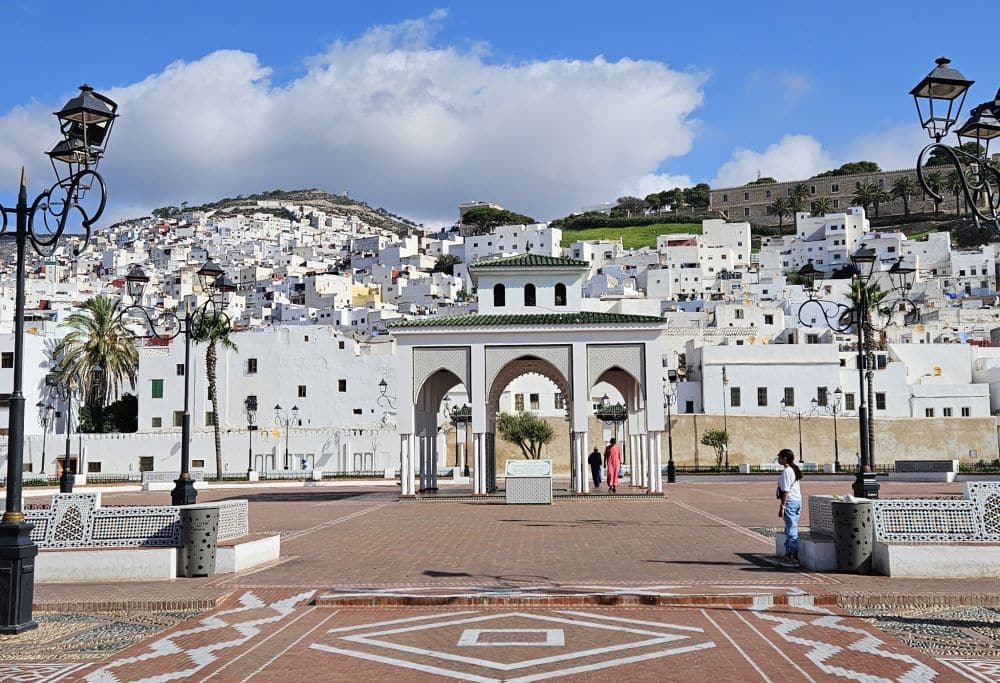
Tetouan, often called "The White Dove" for its gleaming white buildings, is a city rich in history and culture, nestled in the Rif Mountains near the Mediterranean coast. It stands as a symbol of Andalusian heritage, having served as a refuge for Muslims and Jews expelled from Spain.
According to the 2014 Moroccan census, Tetouan had a population of 380,787 inhabitants.
Tetouan’s history stretches back over two millennia, beginning with Mauretanian and Phoenician settlements. The ancient town of Tamuda, later a Roman colony under Emperor Augustus, was located near the modern city.
The modern Tetouan emerged in the late 15th century after the War of Granada and the expulsion of Muslims and Jews from Spain. Ali al-Mandri, a Granadan emigrant, rebuilt and fortified the city. Thousands of Andalusian refugees settled here, shaping Tetouan into a vibrant center of Andalusian civilization, earning it the nickname “Granada’s Daughter.”
Tetouan was home to a notable Sephardi Jewish community who spoke Haketia, a Judaeo-Spanish dialect. Though their numbers have declined, their cultural influence remains part of the city’s identity.
From 1912 to 1956, Tetouan served as the capital of the Spanish Protectorate in Morocco. It became a hub for publishing and Moroccan literary life. The city’s medina was listed as a UNESCO World Heritage Site in 1997 and is recognized as a “City of Crafts and Folk Art.”
Tetouan’s Andalusian influence, craftsmanship, and historical depth make it one of Morocco’s most distinctive destinations.